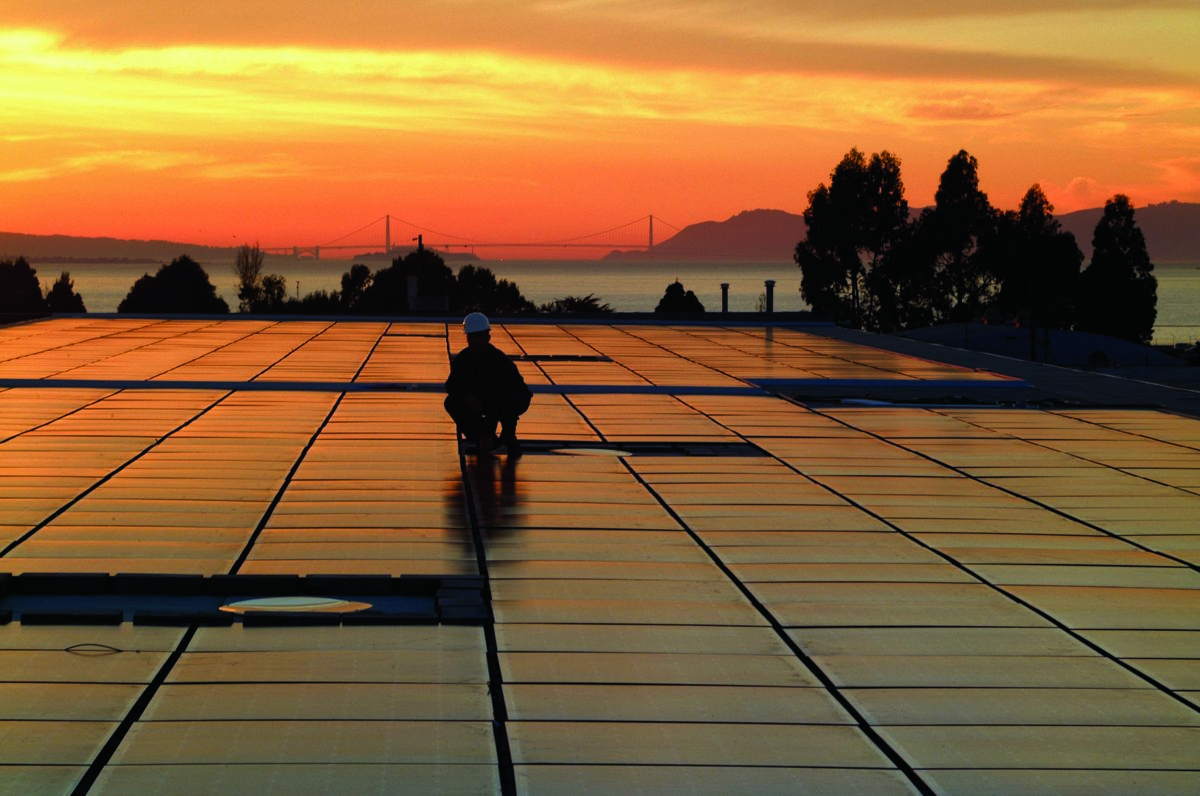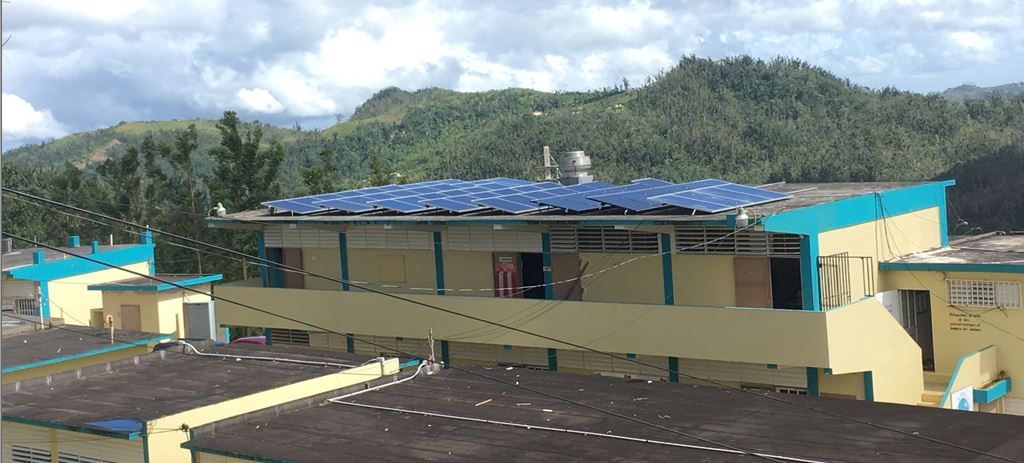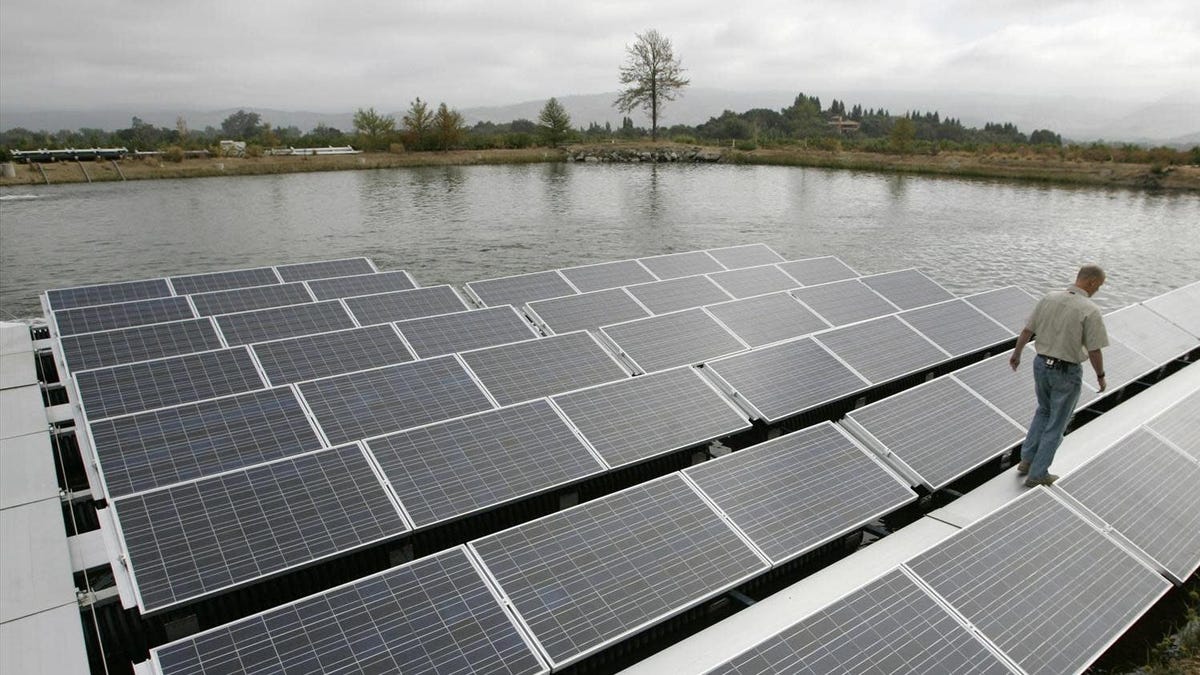I don't mean I will be functionally off-grid, I mean that I will trivialize net metering.
I have three (relatively) large energy sinks that are amenable to time shifting:
- Domestic Hot Water
- Home Cooling and Heating
- EV charging
It is not magic (or even difficult) to buy a large enough hot water tank for time shifting. EV time-shifted charging is a YMMV, trivial for us since we are a retired couple with two EVs. Time shifting home conditioning requires a decent home envelope and is aided by heat pumps. My plans are also facilitated by living in a sunny climate.
You can rightly point out that a huge mass of homes do not have my advantages. My point is that utilities do not enjoy a high barrier to these advantages going forward: EVs are coming, big water tanks are largely accessible, and improved building codes are just a signature away, expected due to climate change.






